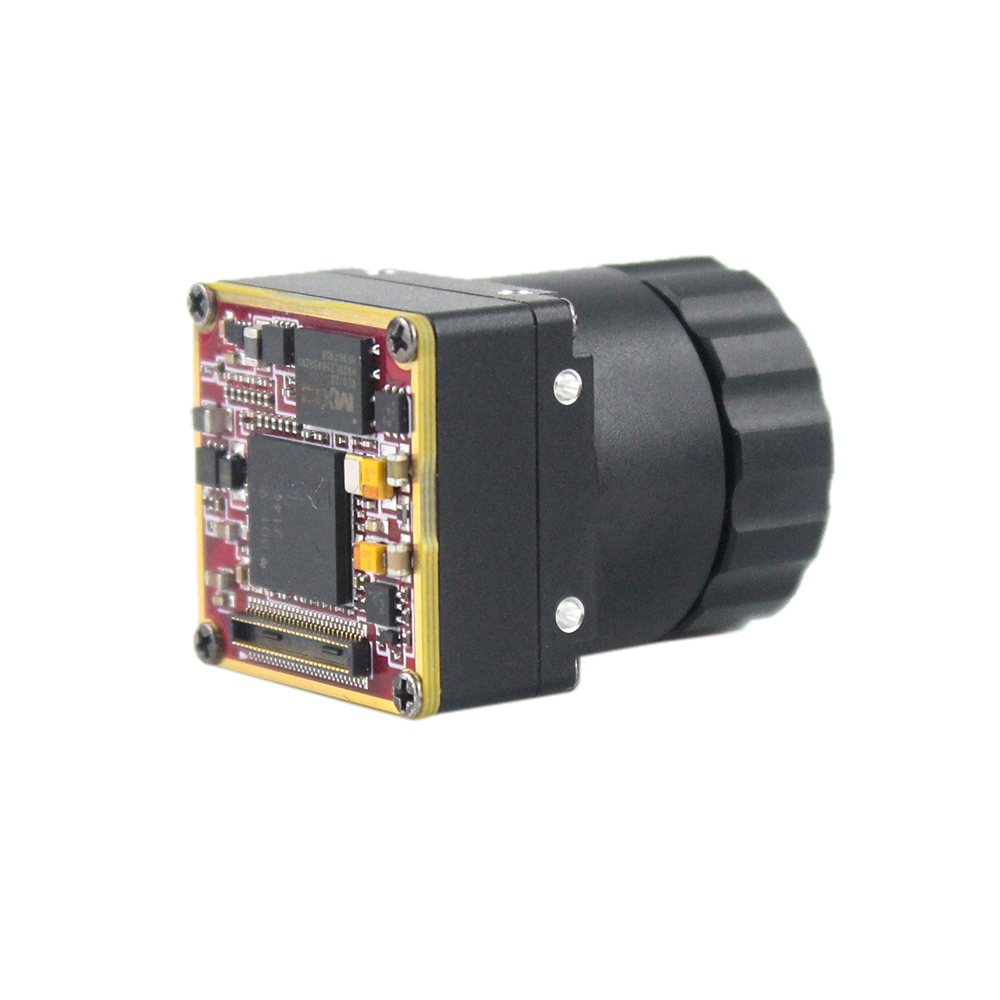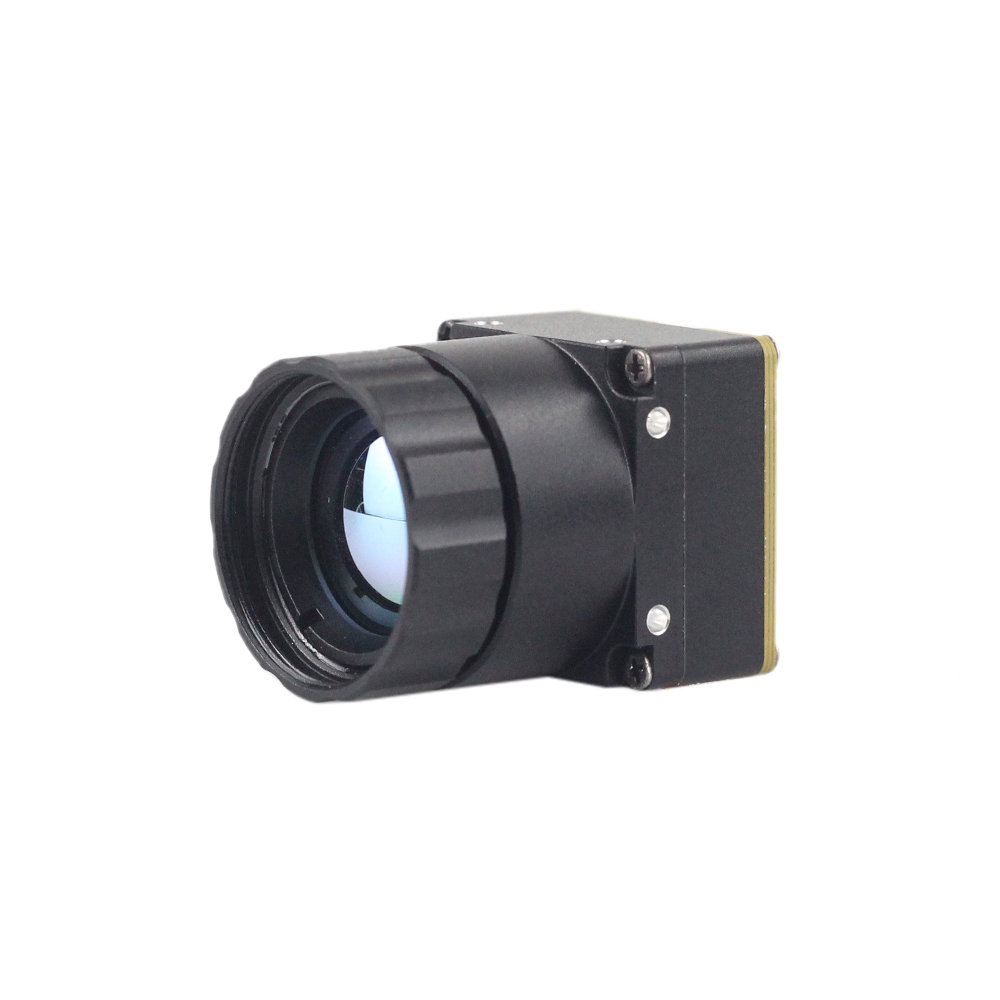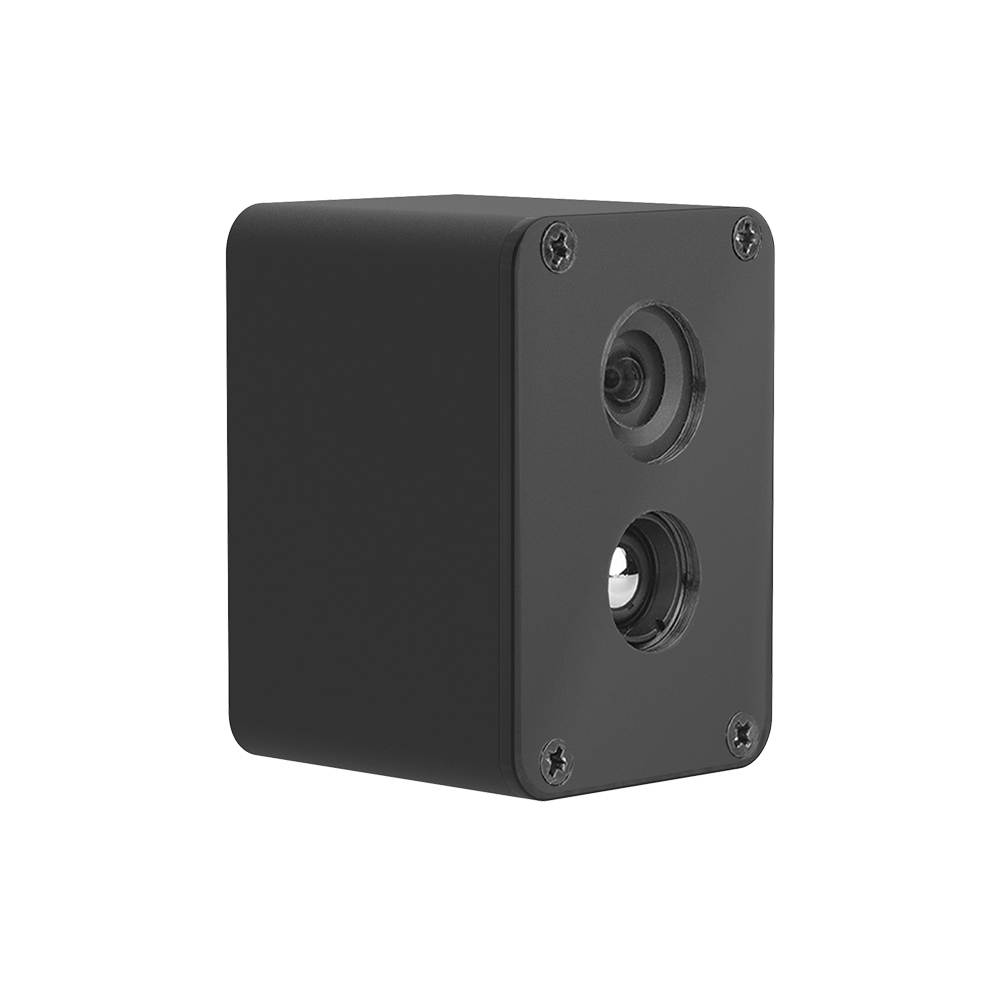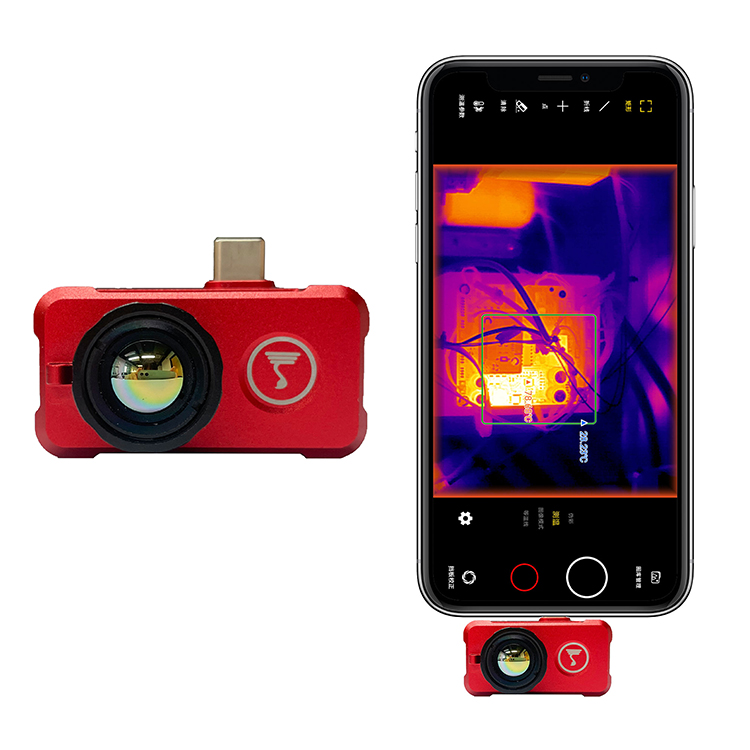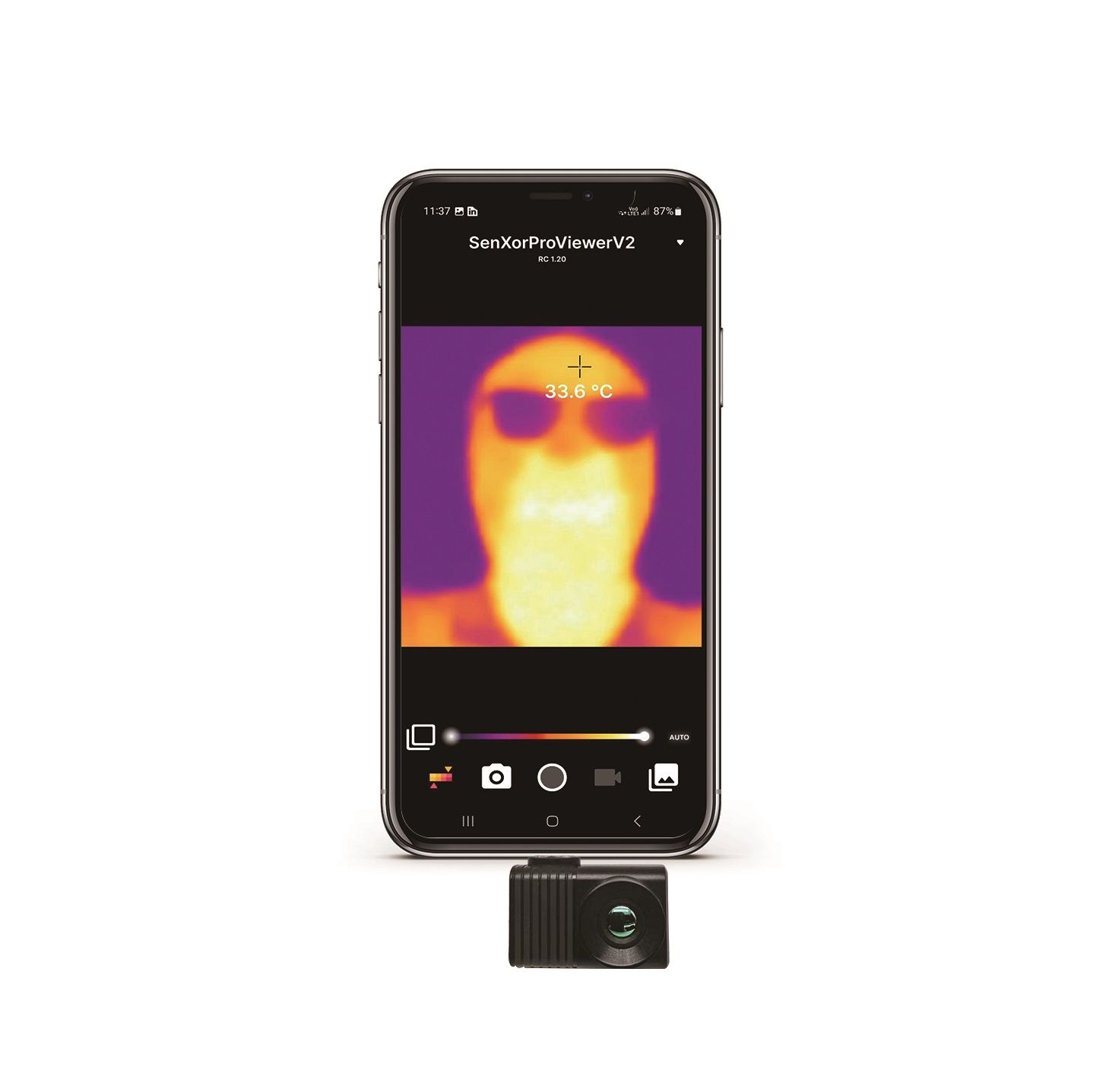Thermal imaging camera, “fiery eyes” in the dark night.
2024年9月6日Infrared thermal imaging technology to detect empty defects of concrete filled steel tube
2024年10月15日The application of thermal imaging technology in the automotive field has broad prospects. It not only enhances the vehicle’s perception capabilities under various conditions but also improves the safety and reliability of autonomous driving systems by integrating with other sensors.
Night Driving Assistance: Thermal imaging technology can provide clear images in harsh environments such as complete darkness, fog, rain, and light mist, helping drivers identify pedestrians, animals, and objects on the road, thus allowing more time to react to potential hazards.
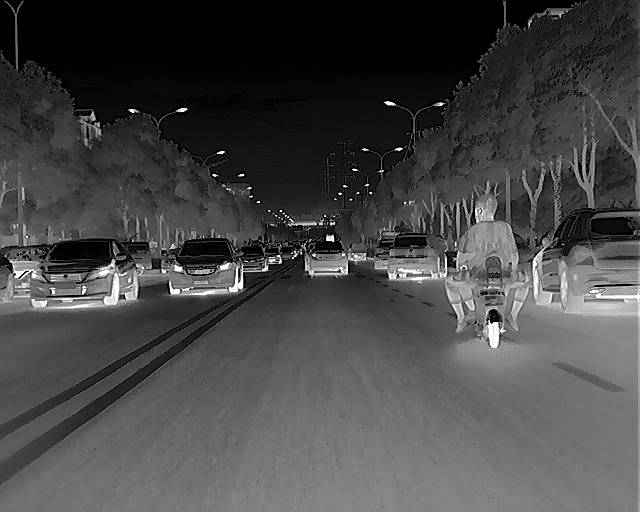
Safety Enhancement: Infrared thermal imaging technology can be part of the Advanced Driver Assistance Systems (ADAS) and used in conjunction with the Automatic Emergency Braking (AEB) system to increase the safety of pedestrians at night.
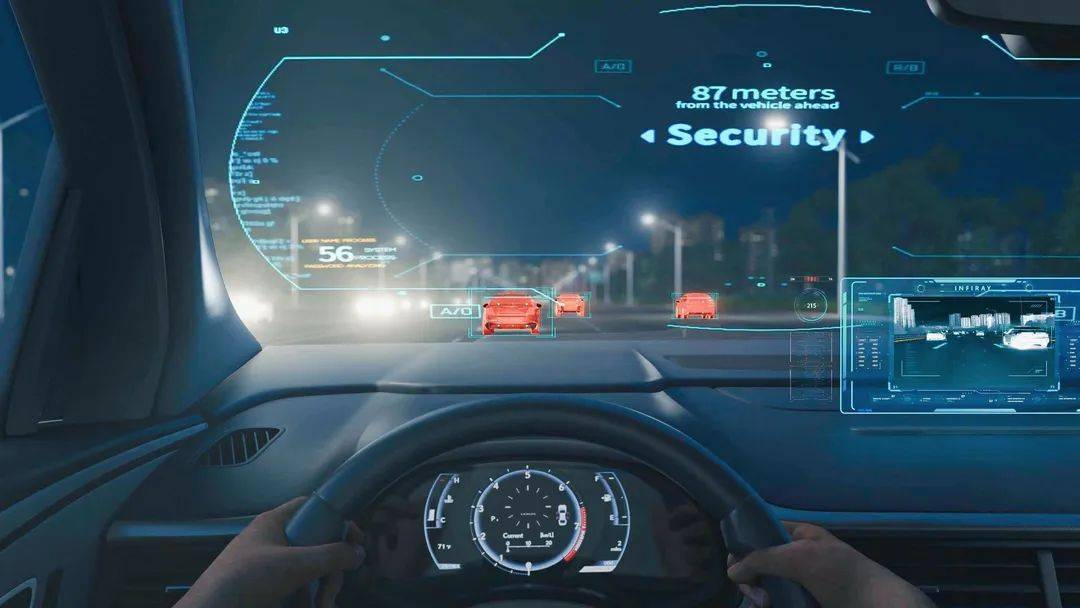
Multi-Sensor Fusion: Thermal imaging modules can be integrated with other sensors such as lidar and millimeter-wave radar to form a multi-sensor system, enhancing the environmental perception capabilities of autonomous vehicles.

Vehicle Maintenance: By using in-vehicle infrared engines, the temperature distribution of key parts such as the vehicle’s engine, brakes, and transmission can be detected, helping engineers quickly diagnose potential failures and carry out timely repairs.
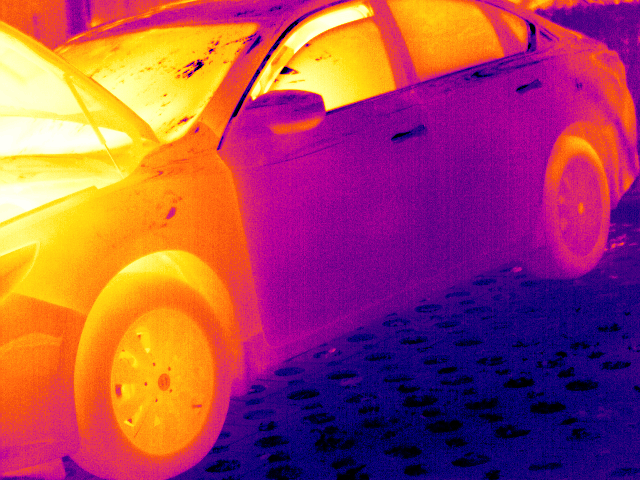
Tire Temperature Monitoring: Infrared thermal imaging technology can monitor the temperature distribution of vehicle tires in real-time, promptly detecting abnormal tire conditions such as overheating or uneven wear, thereby preventing dangerous situations like tire blowouts.
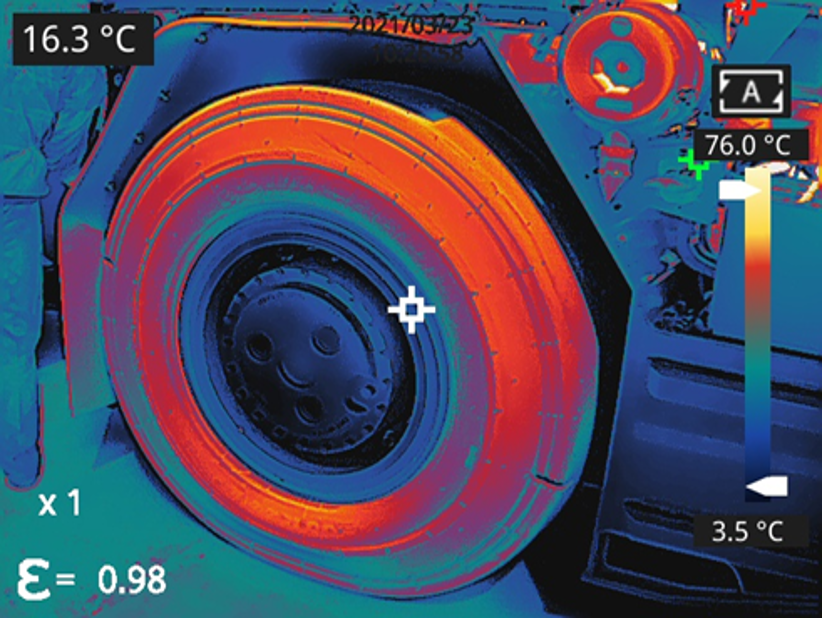
Comfort Enhancement Inside the Vehicle: Infrared thermal imaging technology can detect the internal temperature distribution of the vehicle, as well as the heat conduction of windows and sunroofs, allowing drivers to adjust air conditioning and seat ventilation according to actual conditions, ensuring a comfortable interior environment.
The future development of thermal imaging technology in the automotive field will focus on enhancing safety, intelligence levels, vehicle maintenance efficiency, and integration with other technologies, bringing revolutionary changes to the automotive industry.


